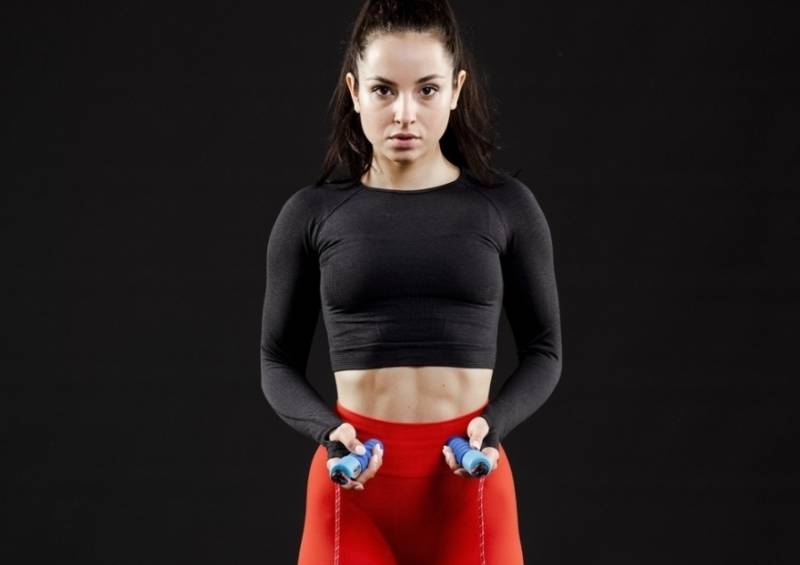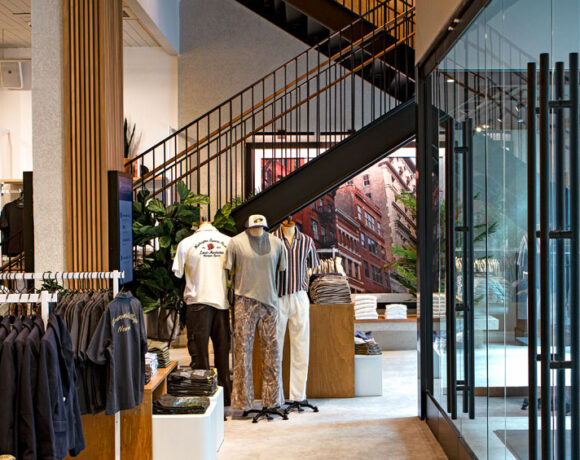Alternatives To PFASs Promising For Use In Performance Apparel

The latest developments in alternatives to per-and polyfluoroalkyl substances (PFASs) are showing promise for use in the manufacture of performance apparel.
Textile and clothing brands are facing pressure to innovate as legislation builds against the use of PFASs.
Performance apparel brands are facing a major challenge as lawmakers worldwide are strengthening regulations or proposing new regulations in order to eliminate PFASs.
PFASs are commonly used in the manufacture of durable water repellent (DWR) finishes, treatments and membranes, and their development has enabled performance apparel manufacturers to produce high performance waterproof clothing at scale and at a relatively low cost.
However, there is increasing scientific evidence which demonstrates that PFASs can have adverse effects on the environment and human health.
In particular, PFASs have been found to persist in the environment, and they have been shown to be bio-accumulative, highly mobile and toxic.
“All of this has spurred a flurry of legislative activities aimed at eliminating PFASs,” a report from Textiles Intelligence informs.
As a result of the threat of forthcoming regulations, performance apparel brands face pressure to develop alternative substances which offer the same levels of performance as PFASs—and to do so quickly.
So far, many of the alternative substances already commercialised for the performance apparel market have proved to be incapable of providing the levels of alcohol repellency and oil repellency required to compete with PFASs.
Also, only a few of these alternative substances have been found to provide effective protection against abrasion and stains.
However, breakthroughs are beginning to be achieved in this field. Some of the latest innovations in PFAS-free finishes, membranes and treatments boast advanced properties which are comparable with, if not better than, those of finishes, membranes and treatments made using PFASs.
For example, Dimpora Eco Pur membrane by Dimpora is a waterproof breathable membrane which is free from PFASs.
The membrane is suitable for outdoor apparel, and it is produced using a liquid composition based on polyurethane (PU) polymer.
The membrane prevents penetration by moisture in the form of water vapour molecules, it does not interfere with the comfort of apparel to which it is applied, and it is inherently stretchy and therefore facilitates freedom of movement.
Brands which have already employed the membrane in the manufacture of their products with great success include Rotauf, a performance apparel brand based in Chur, Switzerland.
Similarly, the chemicals company Archroma is achieving success with a durable water repellent system called Rain Away, which is said to provide a level of performance comparable with that of finishes made using PFASs.
The system is suitable for outdoor apparel and equipment, and it is produced using a PFAS-free durable water repellent (DWR) finish in combination with a cross-linker.
The system forms a film, much like a fatty or waxy film on the surface of a fabric to which it is applied, and it imparts water repellency, abrasion resistance, UV resistance and a soft handle.
Further investment in the research and development of innovative alternatives to PFASs is required and brands must accelerate their efforts or risk facing legal challenges and reputational damage.














